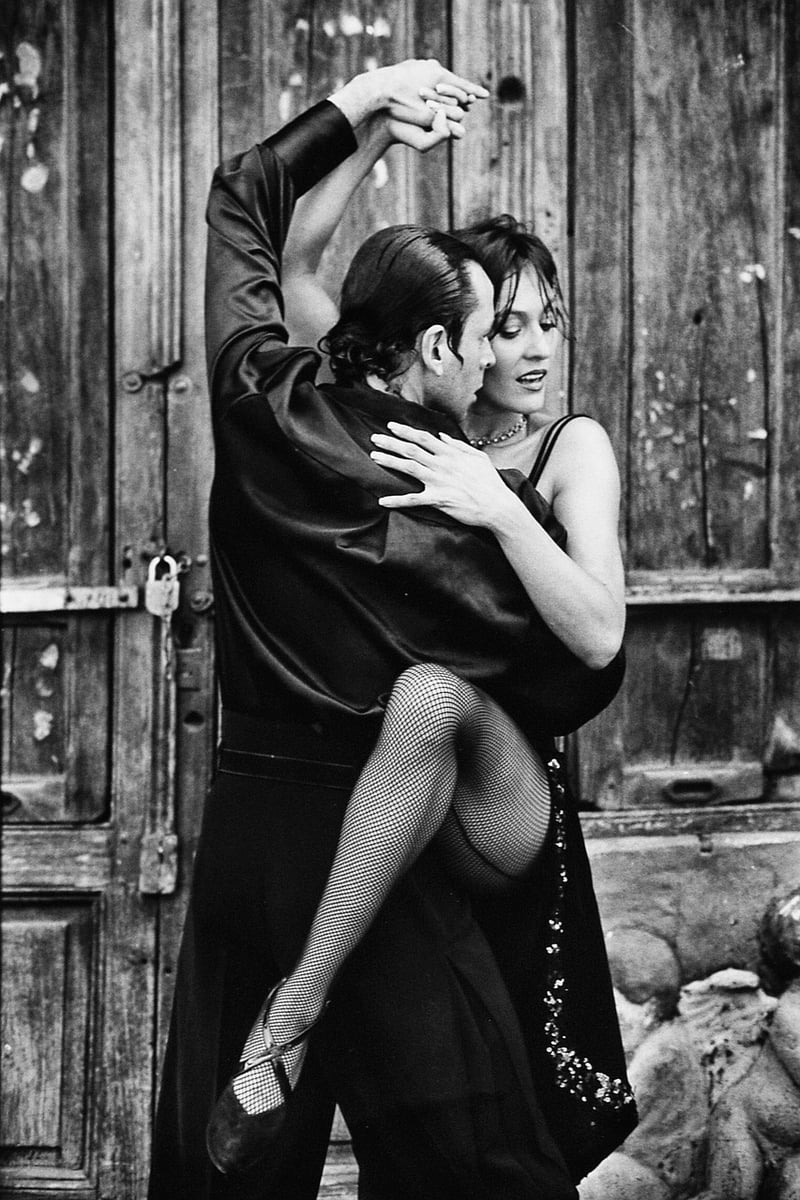Salsa Dance
Exploring Expressive Movement Forms: The Art of Salsa Dance

Expressive movement forms have been a vital part of human expression for centuries, captivating audiences with their rhythm, grace, and passion. One such captivating form is the vibrant and energetic salsa dance, known for its intricate footwork, dynamic spins, and sensual hip movements.
The Origins of Salsa Dance
Salsa dance originated in the Caribbean, with strong influences from Afro-Cuban dances such as Son, Mambo, and Cha Cha Cha. It gained popularity in the United States in the 1960s and has since evolved into a global phenomenon, with salsa clubs and festivals held in major cities worldwide.
The Elements of Salsa Dance
Salsa dance is characterized by its syncopated steps, quick footwork, and playful interactions between partners. It is danced to lively Latin music, typically featuring a combination of percussion, brass instruments, and vocals.
Key Elements of Salsa Dance:
- Basic steps and turns
- Cross-body leads
- Shines (solo footwork)
- Dips and tricks
Benefits of Salsa Dance
Besides being a fun and engaging social activity, salsa dance offers a range of physical and mental benefits:
- Improved cardiovascular health
- Enhanced coordination and balance
- Stress relief and mood enhancement
- Boosted self-confidence
Join the Salsa Dance Community
Whether you're a seasoned dancer or a complete beginner, salsa dance welcomes enthusiasts of all levels. Join a local dance class or attend salsa nights at clubs to immerse yourself in the vibrant rhythms and infectious energy of salsa music.
Experience the joy of expressive movement forms through the art of salsa dance!

Image sources: Pixabay.com
